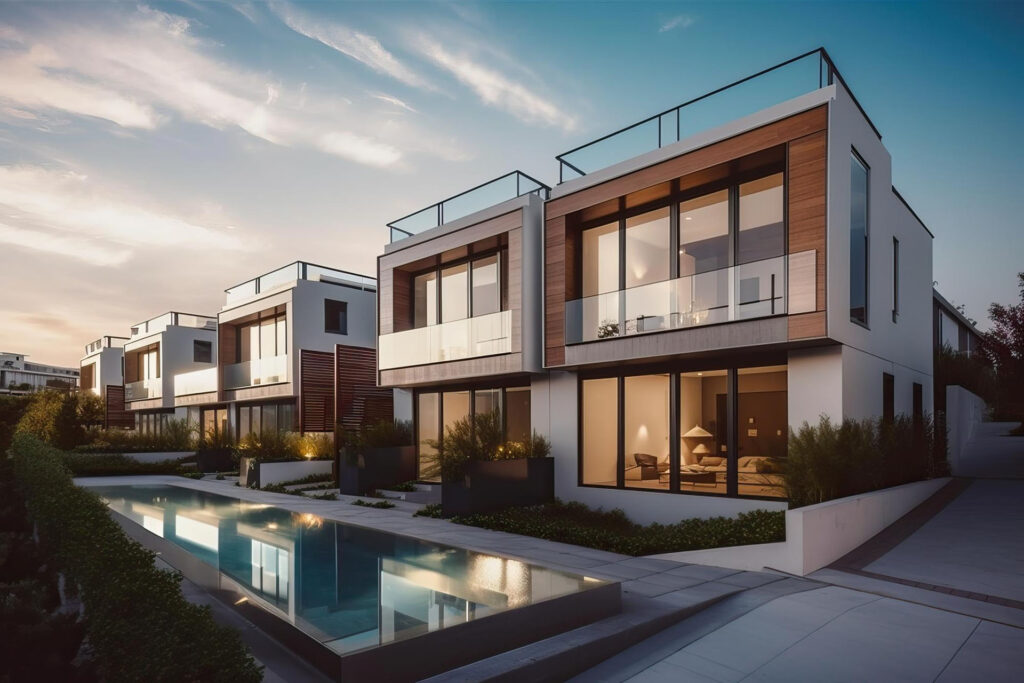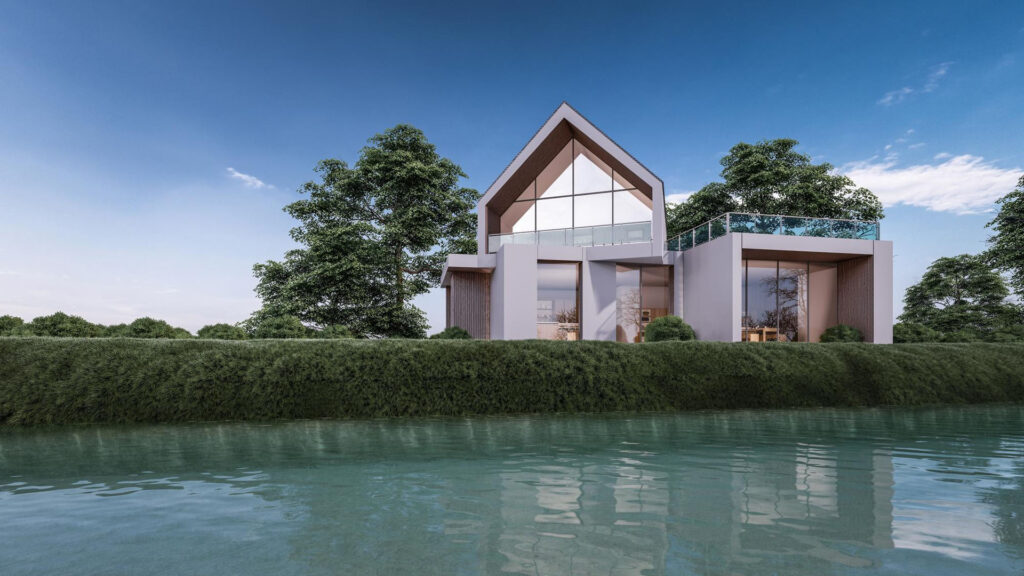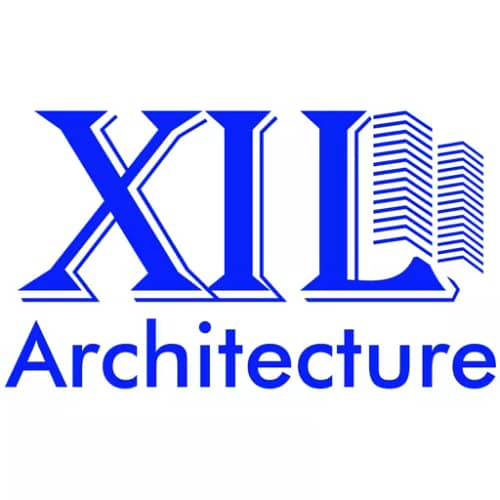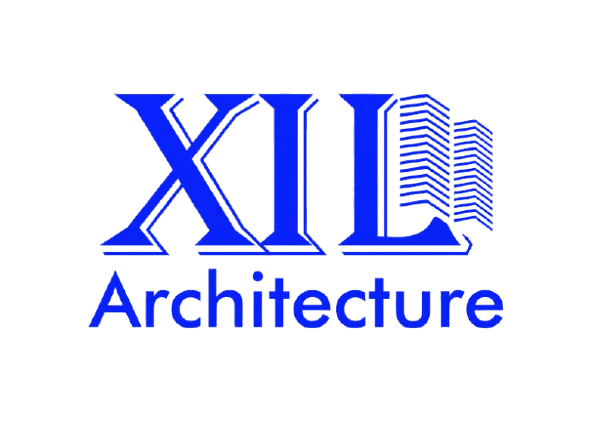Architecture is the art and science of designing and constructing buildings, structures, and spaces that serve practical, aesthetic, and cultural purposes. It encompasses a wide range of activities, including conceptualizing, planning, designing, and overseeing the construction of buildings and built environments.
Modern architecture emphasizes sustainable design principles, including energy-efficient building materials, renewable energy sources, and green roofs. Architects also consider the environmental impact of the building’s construction and operation, ensuring a minimal carbon footprint.
Key aspects of architecture include:
Aesthetic Expression: Architecture is often regarded as a form of art, where architects use design principles, spatial relationships, and visual elements to create buildings and spaces that evoke emotional responses and convey meaning. Aesthetic considerations such as form, proportion, symmetry, rhythm, and materials play a crucial role in architectural design.
Functionality and Practicality: Architecture must fulfill practical requirements and serve the functional needs of its users. Architects carefully analyze the programmatic requirements and spatial functions of a building to create efficient, user-friendly, and adaptable spaces that facilitate human activities and interactions.
Cultural and Contextual Sensitivity: Architecture reflects the cultural, historical, and social context in which it is situated. Architects draw inspiration from local traditions, vernacular architecture, and cultural symbols to create designs that resonate with the community and contribute to the identity of a place. Contextual sensitivity also involves considering environmental factors, climate, landscape, and urban context in the design process.
Sustainability and Environmental Responsibility: In response to environmental challenges and climate change, architects increasingly incorporate sustainable design principles into their projects. Sustainable architecture aims to minimize resource consumption, reduce environmental impact, and create healthy, energy-efficient buildings that promote occupant well-being and ecological balance.
Technology and Innovation: Advances in technology have revolutionized the field of architecture, enabling architects to explore new design possibilities, streamline the design process, and improve construction efficiency. Digital tools such as Building Information Modeling (BIM), parametric design software, and computer-aided manufacturing techniques have expanded the scope of architectural practice and facilitated interdisciplinary collaboration.
Social and Human-Centered Design: Architecture has a profound impact on the quality of life and well-being of individuals and communities. Architects prioritize human needs, safety, accessibility, and inclusivity in their designs, striving to create spaces that foster social interaction, community engagement, and cultural enrichment.
Architecture encompasses diverse typologies, including residential, commercial, institutional, industrial, and public buildings, as well as urban planning, landscape design, and interior architecture. It is a dynamic and evolving field that reflects the aspirations, values, and aspirations of society while addressing contemporary challenges and opportunities.
Sustainable Design
Modern architecture often features a minimalistic and clean design aesthetic, focusing on simplicity, functionality, and ample natural light. This approach enhances the building’s energy efficiency, reduces visual clutter, and creates a more visually appealing experience.

Minimalistic Aesthetic
Modern architecture often features a minimalistic and clean design aesthetic, focusing on simplicity, functionality, and ample natural light. This approach enhances the building’s energy efficiency, reduces visual clutter, and creates a more visually appealing experience.
Integration of Passive Design Strategies
Passive design strategies focus on optimizing the building’s orientation, insulation, ventilation, and shading to reduce reliance on mechanical systems for heating, cooling, and lighting. Modern architecture incorporates passive design principles to enhance energy efficiency and occupant comfort.

By incorporating these modern architectural principles, your architectural project can deliver a sustainable, functional, and aesthetically pleasing structure that enhances the occupant’s well-being and minimizes the building’s environmental impact.

